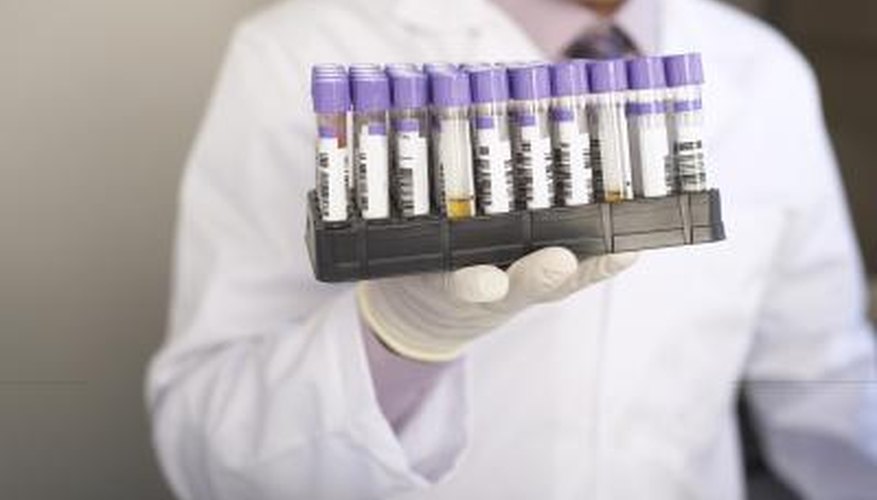Bilirubin is a yellowish pigment that is produced as a by-product of haemoglobin metabolism and circulates in the blood. To prevent toxic accumulation of this substance, the liver conjugates it and it is excreted in bile. The amount of bilirubin is measured in the blood when there is some suspicion about a process causing increased bile in the blood, called hyperbilirubinemia. However, because there are many causes for hyperbilirubinemia, it is important to know which type of bilirubin is elevated -- the form that exists prior to conjugation by the liver, which is called indirect bilirubin, or the type that exists after conjugation by the liver, which is called the direct bilirubin. The fractionated bilirubin breaks down the total bilirubin into direct and indirect bilirubin so that the clinician is better able to determine the cause for hyperbilirubinemia. Most laboratory reports provide total bilirubin and direct bilirubin, but you may need to calculate indirect bilirubin to have a complete set of the fractionated bilirubin values.
- Bilirubin is a yellowish pigment that is produced as a by-product of haemoglobin metabolism and circulates in the blood.
- The amount of bilirubin is measured in the blood when there is some suspicion about a process causing increased bile in the blood, called hyperbilirubinemia.
Find the total bilirubin on your laboratory report. The total bilirubin is measured in the serum and represents the amount of unconjugated or indirect and conjugated or direct bilirubin.
Locate the direct bilirubin on your laboratory report, which is also a measured value.
Subtract the direct bilirubin from the total bilirubin to obtain the indirect bilirubin, which is not directly measured in the serum.
